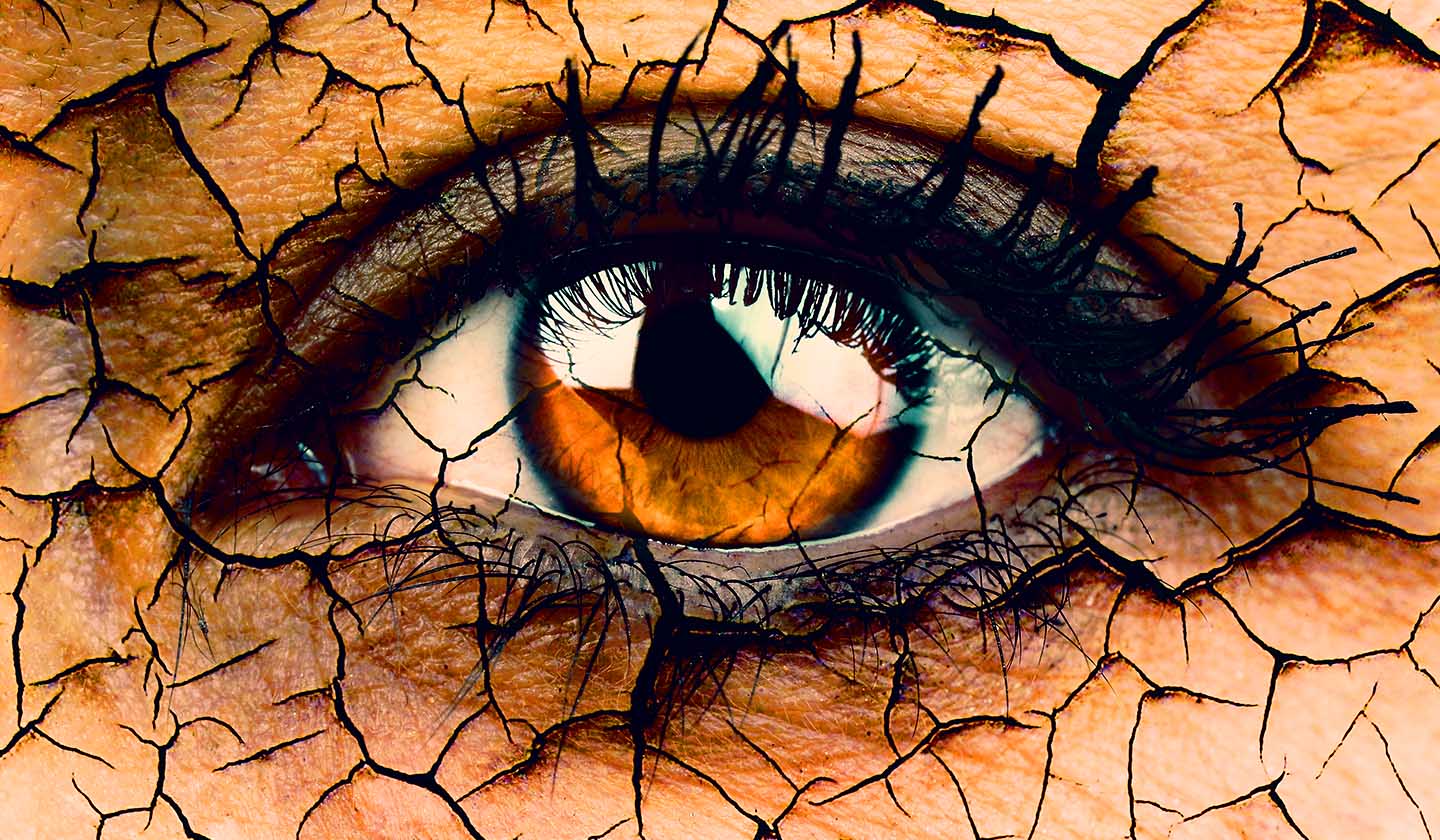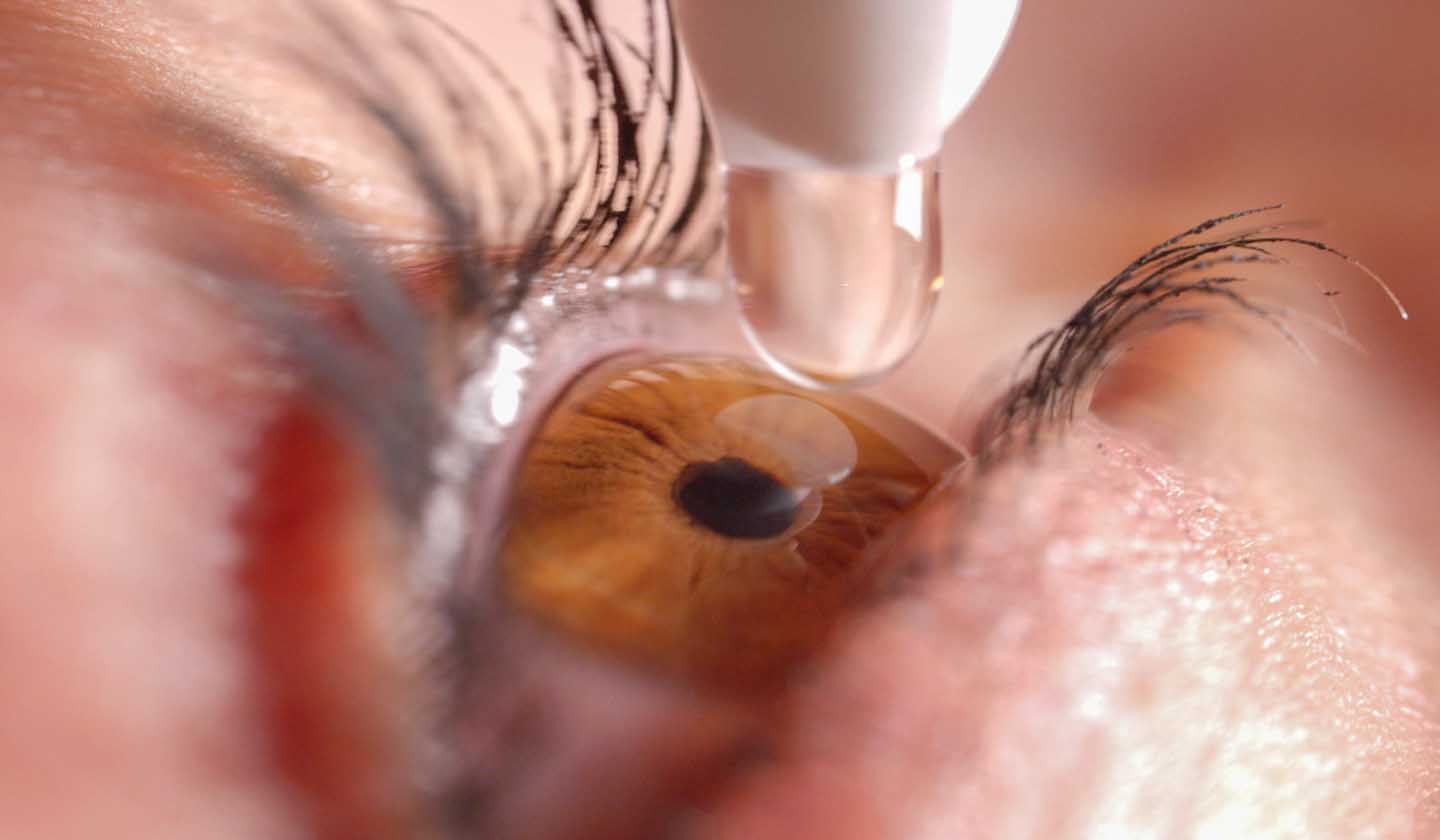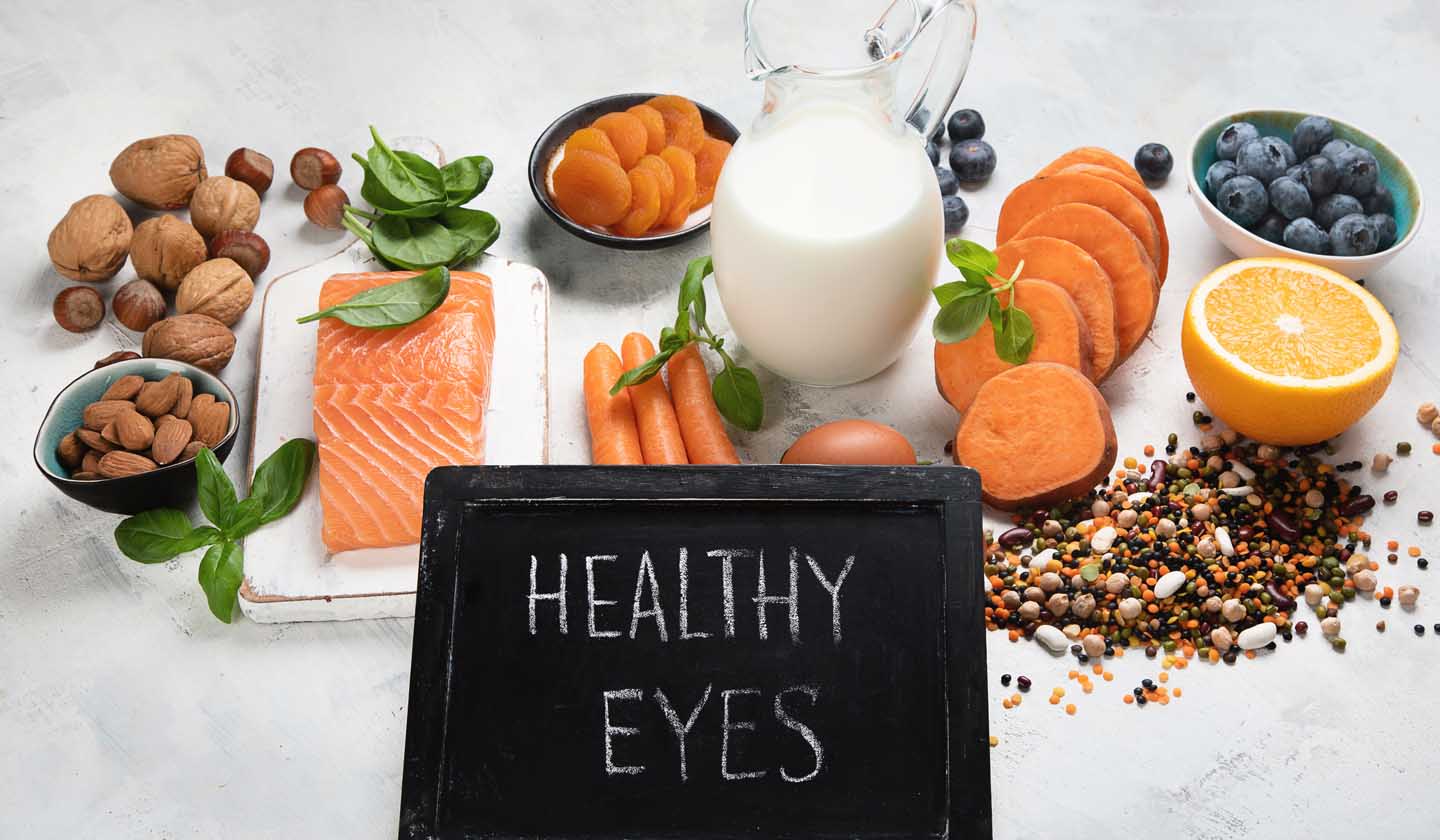Sight
Dry eye - Keep a clear eye on things

The eye is a very fragile organ, sensitive and vulnerable to external aggressions. The dry eye (or dry eye syndrome) is an ophthalmic pathology that is characterised by decreased tear production, increased evaporation, and altered tear composition.
These changes contribute to a decreased lubrication of the eye and can have serious consequences for sight.
Signs and symptoms of the dry eye syndrome
The dry eye can affect both eyes and can result in one or more of the following symptoms:
- Feeling of sand or foreign body inside the eyes;
- Stinging/burning sensation;
- Tired, heavy, and irritated eyes;
- Sharp tearing;
- Redness;
- Transient blurred vision (near vision);
- Transient increased sensitivity to light (transient photophobia);
- Intolerance to contact lenses.
Causes of dry eye
Dry eye is a multifactorial disease. It usually appears associated with aging, especially in menopausal women.
The act of blinking is a natural hydration mechanism for the eye, so the daily use of screens, such as a computer, tablet, or television, for a long period of time leads to decreased blinking and, consequently, dry eyes. It can also appear as a side effect of using some drugs (antihistamines, antidepressants, among others).
Diseases (autoimmune, diabetes, etc.), vitamin A and omega-3 deficiency, prolonged use of contact lenses, environmental factors, previous eye surgeries(such as, cataracts) and some preservatives of ophthalmic drugs (for instance, benzalkonium chloride) may cause dry eyes.

Treat dry eye
The dry eye treatment intends to restore the homeostasis of the ocular surface, so that it becomes closer to normal. The treatment involves the use of topical lubricants, known as artificial tears, that can be found in the form of eye drops (single dose and multidose bottle), gel and ointment.
It is recommended to apply 3 to 4 times a day (breakfast, lunch, snack, and dinner).
In this pathology, the use of physiological saline is not indicated, since it does not treat dry eye, and may contribute to further dehydrate the ocular surface.
Anyone who wears contact lenses should first check which topical lubricants they can use given that not all of them are compatible with contact lenses.

Some suggestions to improve and prevent dry eye
If a person suffers from the dry eye syndrome, he/she should do the following:
- Minimize exposure to air conditioning/heating;
- Avoid environments with smoke, pollution, and low humidity;
- Pause and blink while reading and using screens;
- Wear sunglasses in windy, hot, and sunny environments;
- Clean your eyelids;
- Apply warm compresses (put them under hot shower water and apply between 2 to 5 minutes over each eye);
- Take an essential fatty acid supplementation (omega-3 and 6);
- Eat in a balanced way, including foods rich in vitamin A (for instance, carrots and spinach).
How to apply an ophthalmic product?
In order to correctly apply an ophthalmic product, you must:
- Wash your hands;
- Tilt your head until you see the ceiling;
- Pull the lower eyelid down, form one pouch and look upwards;
- Place the eye drops,gel,or ointment as close as possible to the formed pouch without touching it;
- In the case of eye drops: Place one drop;
- In the case of gel or ointment: Place one thin strip the size of a pea;
- Close the eye for a while (to aid absorption) and clean the excess;
- In some cases, vision may be blurred for some time.

Keep in mind that:
If there is pain in the eye, changes in permanent vision or non-transient (permanent) photophobia or if the symptoms persist for more than three days, even with the application of topical ophthalmic products, you should visit your doctor.
Sources
iSaúde
Farmácia Distribuição Magazine
Também lhe poderá interessar
Allergies






